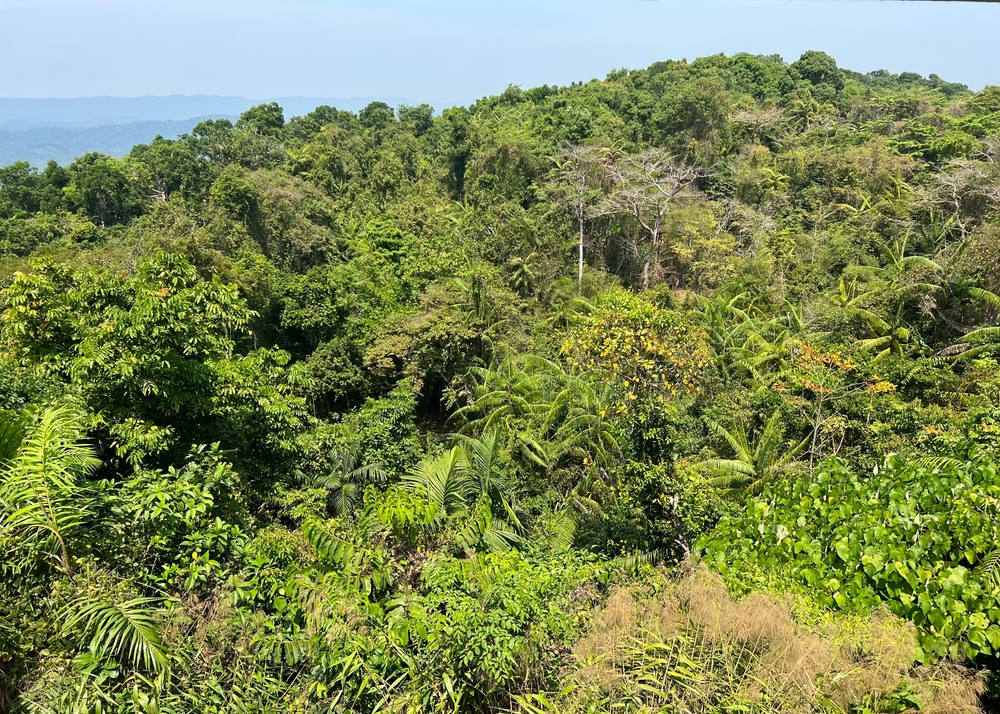Mount Harriet Overview
Mount Harriet National Park, located in the Andaman and Nicobar Islands of India, is a stunning natural sanctuary that spans approximately 17.3 square miles (44.6 square kilometers). Named after Harriet Tytler, an accomplished artist and photographer, the park is part of the larger South Andaman district, a region renowned for its tropical biodiversity and cultural heritage. Situated near the capital city of Port Blair, this park serves as a key attraction for travelers seeking a blend of scenic beauty, diverse ecosystems, and historical significance.
The terrain of Mount Harriet National Park is a captivating combination of rolling hills, dense evergreen forests, and coastal mangroves. The park’s central feature is Mount Harriet itself, which rises to a modest elevation but offers panoramic views of the surrounding islands, shimmering waters, and lush greenery. This area is known for its striking landscape diversity, including narrow trails that lead through groves of bamboo, giant ferns, and thick underbrush. The park also hosts unique geological features, including rocky outcrops and small cascading streams, contributing to its pristine charm.
Mount Harriet National Park boasts a remarkable array of wildlife, reflecting the rich biodiversity of the Andaman Islands. Visitors can spot key mammal species like the Andaman wild pig, spotted deer, and endemic species such as the Andaman masked palm civet. Bird enthusiasts are especially drawn to the park for its avian population, including the Andaman woodpecker, white-bellied sea eagle, and the rare Andaman drongo. The park’s rich marine ecosystem, adjacent to its coastal areas, supports various crustaceans and sea turtles. The symphony of bird calls and rustling foliage enhances the immersive experience for visitors who explore its trails.
Among the most popular features of the park is the Kalapathar viewpoint, offering spectacular vistas of the North Bay Islands and the surrounding seascape. Another point of interest is the inclusion of Mount Harriet on the Indian 20-rupee currency note, cementing its cultural and aesthetic significance. The park’s pristine environment makes it ideal for activities such as trekking, birdwatching, and nature photography. Its proximity to Port Blair also allows for easy access to cultural sites and nearby beaches.
Visitors can explore Mount Harriet National Park through guided treks, eco-tourism initiatives, and boat rides to nearby islands. The trails vary in difficulty, accommodating both casual walkers and experienced trekkers, and often lead to hidden gems like secluded beaches and viewpoints. Conservation efforts have played a vital role in maintaining the park’s ecological integrity. While challenges such as habitat loss and the introduction of invasive species persist, the park’s management has implemented successful initiatives to protect its biodiversity, including community engagement and stricter regulations against poaching.
In summary, Mount Harriet National Park offers a unique blend of natural beauty, cultural significance, and biodiversity. Its diverse landscapes and vibrant ecosystems make it a must-visit destination for nature lovers and adventurers alike.










































































